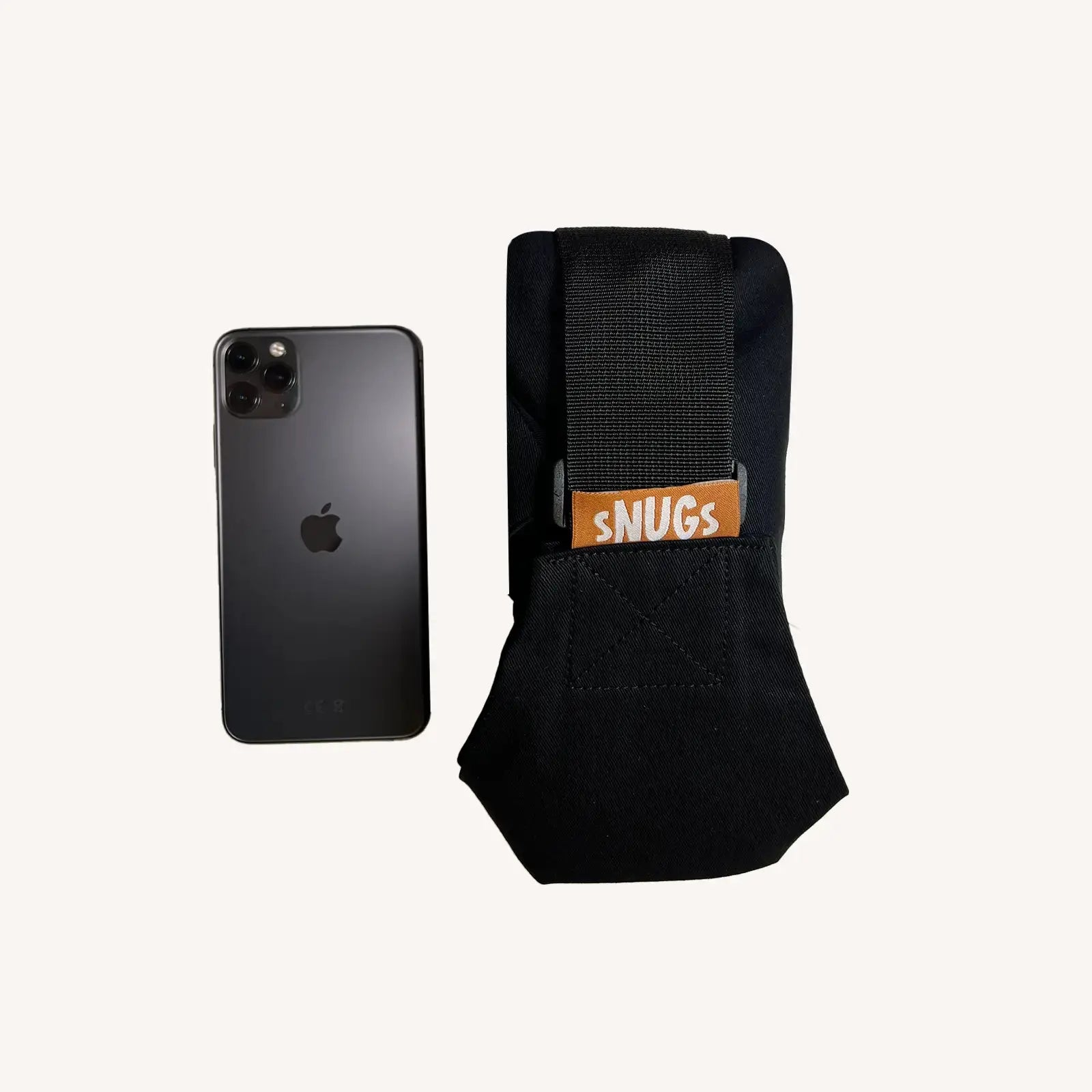Introduction: Why Baby Carrier Safety Matters More Than Ever
Babywearing is more than just a parenting trend—it’s a centuries-old practice that promotes bonding, convenience, and comfort. But in 2025, with so many brands and styles flooding the market, safety has become the top priority for parents choosing a safe baby carrier.
Whether you’re picking a baby sling with safety features for a quick grocery run or a newborn safety wrap for those precious first months, understanding safety considerations ensures you keep your little one secure while enjoying the benefits of babywearing.
1. What Makes a Baby Carrier “Safe”?
A safe baby carrier is designed to protect your baby’s physical health while ensuring your comfort. The safety checklist includes:
- Proper Neck and Head Support: Significant for newborns who can’t yet support their heads.
- Ergonomic Design: Keeps baby’s hips in the “M” position, preventing hip dysplasia.
- Breathable, Non-Toxic Materials: Ensures baby doesn’t overheat and avoids harmful chemicals.
- Secure Fastenings: Buckles, rings, or ties that won’t loosen during use.
- Weight-Appropriate Design: Always match the carrier’s weight limit to your baby’s current size.
2. Types of Safe Baby Carriers
Different carriers offer unique safety features suited to various ages and activities.
a) Structured Carriers
- Adjustable straps and padded waistbands for parent comfort.
- Ideal for long walks or travel.
- Often come with infant inserts for added newborn head support.
b) Baby Slings with Safety Features
- Made from a long piece of fabric that wraps around your body.
- Look for models with reinforced stitching, secure rings, and breathable fabric.
- Best for quick, short-term carries.
c) Newborn Safety Wraps
- Soft and flexible for the tiniest babies.
- Allows skin-to-skin contact, promoting bonding.
- Must be tied correctly to prevent sagging or slippage.
3. How to Choose the Safest Baby Carrier
When shopping, keep these guidelines in mind:
- Check Certifications – Look for carriers tested under recognised safety standards such as ASTM or CEN.
- Inspect Before Buying – Check for stitching quality, buckle strength, and fabric durability.
- Read Weight Guidelines – Never exceed the manufacturer’s limits.
- Test Comfort – A carrier that’s uncomfortable for you could lead to unsafe positioning for the baby.
- Prioritise Breathability – Babies can overheat quickly, so opt for lightweight, airy fabrics.
. Benefits of Using a Safe Baby Carrier
A secure, comfortable baby carrier offers more than convenience:
- Bonding – The closeness strengthens emotional connections.
- Hands-Free Freedom – Let's you multitask while keeping baby safe.
- Better Baby Sleep – The gentle motion and warmth help babies nap longer.
- Soothes Crying – Physical closeness can calm fussy infants.
- Supports Healthy Development – Ergonomic designs promote hip and spine health
6. Common Baby Carrier Mistakes to Avoid
- Using the Wrong Carrier for Age – A wrap meant for newborns may not safely hold a toddler.
- Loose Tying – Creates a risk of falls or airway obstruction.
- Overdressing Baby – Can cause overheating, especially in wraps.
- Ignoring Weight Limits – Leads to fabric strain and potential breakage.
7. Best Practices for Newborn Safety Wraps
If you choose a newborn safety wrap, remember:
- Practice tying without the baby first.
- Keep the baby’s face exposed and clear of fabric.
- Support the head and neck until they gain muscle control.
- Avoid bending at the waist—bend with your knees to keep baby secure.
8. Top Safety Features to Look for in Baby Slings
A baby sling with safety features should include:
- Double-layer stitching on stress points.
- High-quality rings made from tested metals.
- Wide shoulder fabric to distribute weight evenly.
- Easy adjustability for different body sizes.
9. When to Stop Using a Baby Carrier
Your carrier’s instructions will provide age and weight limits, but general indicators include:
- Baby exceeds maximum weight capacity.
- Baby becomes uncomfortable or tries to climb out.
- Signs of wear and tear appear in the fabric or fastenings.
Conclusion: Safety is Non-Negotiable
Choosing the safest baby carrier isn’t just about style or convenience—it’s about ensuring your baby’s comfort, security, and healthy development. Whether you opt for a baby sling with safety features or a newborn safety wrap, always prioritise certified designs, ergonomic support, and proper usage.
When you invest in a carrier that checks all the safety boxes, you can enjoy the freedom and closeness of babywearing while keeping your little one safe every step of the way.

Share:
The Safest Baby Carriers Every Parent Needs
Quick Baby Gear Setups for Busy Families